Expert Rangehood Installation – Done Right with Addison Appliances
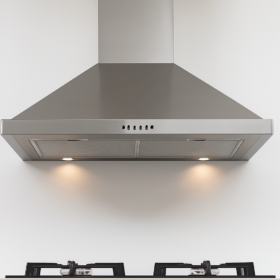
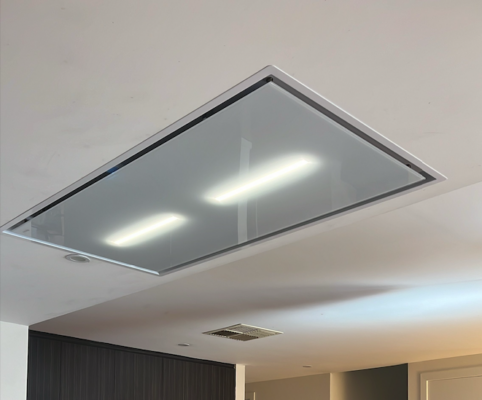
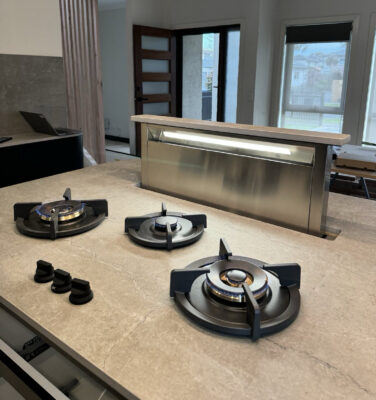
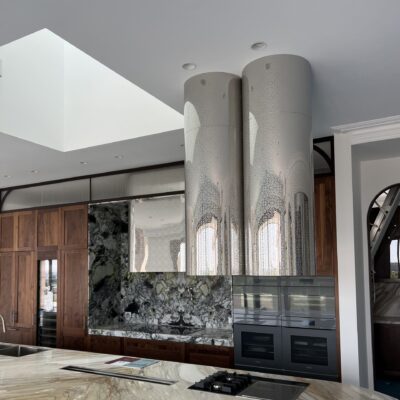
A rangehood is essential for a clean and fresh kitchen — but only if it’s installed correctly. Poor installation can lead to bad ventilation, loud noise, and reduced performance. Many trades avoid rangehoods because of the technical know-how required for proper ducting, ventilation, and motor setup.
At Addison Appliances, we specialise in rangehood installations for 20 years — it’s what we do best. Our team is expertly trained across all makes and models available in Australia, ensuring a smooth, professional and guaranteed result every time.
With our team of experts, rangehood installation has never been easier in Greater Melbourne. Trust the specialists. Trust Addison Appliances.
The process is easy!
Get the ball rolling...
1
Tell us about your requirements.
Allow our team to assist in product advice based on your requirements and the parameters of your home kitchen design.
2
Get your product delivered
Addison installers can be booked to arrive as early as one day after the arrival of the appliance. Be sure to confirm your ideal installation dates with our team.
3
Installation Day
Addison technicians will arrive at the site and install your new appliance.
We can even arrange for the removal of your existing appliance if required.
*Some types of rangehoods may require multiple site visits (especially on new construction or renovation jobs).
Direct Referrals from Industry Leading Manufacturers and Retailers
Enjoy extended warranty on Qasair and Sirius branded products when installing with Addison
What is right for me?
Rangehoods require consideration as to what style is appropriate for each individual client’s home as compatibility is dependent on factors such as cabinetry design, type of cooking appliance, access to exhaust point locations and general building design.
Careful consideration should be given to product selection.
Some common considerations when selecting a rangehood:
- Cabinet design
- Cooking appliance type
- The amount of floors of the home
- Specialty ducting requirements of specific brands
- Motor configuration
- and many more...

Typical Rangehood Types
Undermount rangehoods

Seamlessly integrated into cabinetry, providing discreet ventilation without compromising kitchen aesthetics. Ideal for modern, minimalistic spaces.
Canopy Rangehoods

Designed to be both functional and decorative, these rangehoods deliver strong performance while making a bold statement in the kitchen.
Wall mounted rangehoods
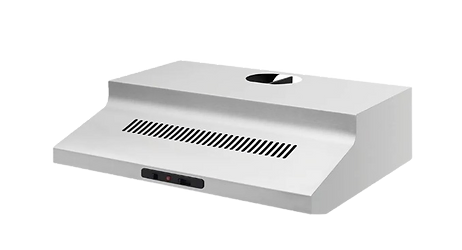
Fixed directly to walls, they offer powerful airflow for kitchens without overhead cabinetry, ensuring efficient ventilation in any layout.
Slide Out Rangehoods

Compact and extendable, these rangehoods fit neatly under cabinets and slide out when needed for use.
Premium Rangehood Types
Down Draft rangehoods
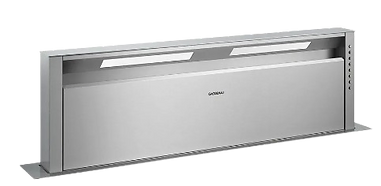
Hidden within the countertop, they rise during cooking, ideal for minimalist designs or kitchens with space constraints.
Induction down draft rangehoods

Integrated into induction cooktops, offering efficient ventilation directly from the surface for sleek, high-tech kitchens.
Ceiling Mounted Rangehoods

Discreetly installed in ceilings, providing powerful overhead extraction without obstructing views or space.
Island rangehoods
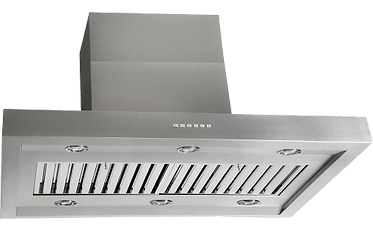
Positioned above kitchen islands, they offer strong ventilation while doubling as a design feature in open-plan spaces.
We repair Sirius Rangehoods
Problems with your Sirius product? We can help!
We can help with:
- Rectification of poor installation work
- Repair damages resulting from poor installation
- Supply & install new genuine Sirius motors
-
Repair damaged fans
- Replace lights and other electrical components
- Repair damamged ducting systems
- and more...

Frequently Asked Questions
When changing over a rangehood or the corresponding cooktop, you must be sure to comply with current regulation requirements.
In Victoria, Australia ESV requires the following clearances:
For gas cooking
650mm minimum clearance from the highest part of the burner of the gas cooktop to the lowest point of the rangehood.
For electric/induction cooking
600mm minimum clearance from the highest part of the electric/induction cooktop to the lowest point of the rangehood.
Please see below for the ESV regulations:
https://www.energysafe.vic.gov.au/industry-guidance/gas/gas-information-sheets/gis-25-domestic-gas-cooking-appliance-overhead
There are many factors that go into deciding on an appropriate rangehood for your needs.
Consult with the Addison team today for the best product advice!
Installers must duct rangehood systems out to the atmosphere and are not permitted to allow rangehoods to blow air into ceiling spaces/voids.
Ducting a rangehood either through the roof or wall is required to meet compliance.
If a lazy installer allows the rangehood simply to blow into a ceiling space or void this may lead to problems such as:
- Odours in the home
- Poor function leading to build up of grease
- Attraction of rodents
- Damage to rangehood motors
- Void of warranty
- Possible void of home insurance
- Fire hazard
Recirculating rangehoods are systems that simply blow the smoke from the cooking process back into the room often with an inline carbon filter to neutralise the greasy air.
Running a system in this way is not recommended by Addison as this can result in a poor user experience for the client.
Addison installers are only permitted to install a system with a recirculating ducting system if either the rangehood they are replacing was already running in recirculation or if there is no reasonably practical way to exhaust the rangehood to the atmosphere.
Yes, an island rangehood or ceiling-mounted rangehood can be installed above an island cooktop.
If underfloor access is available you can even consider a downdraft style rangehood.
Island rangehood installation requires careful planning for ducting to ensure proper venting, as the ductwork must run through the ceiling. Ensure that the island hood is wider than the cooktop for maximum effectiveness.
If planning to install an island rangehood as part of your construction project, contact Addison sooner rather than later.
Some rangehood brands offer offboard motor models. Off board systems do not house the fan and motor inside of the rangehood body as is typical of a standard rangehood, but instead opt to situate the motor either in the ceiling space, on the roof or on an outside wall.
The benefit of an off board motor configuration is that it allows the customer to enjoy the power of a large effective motor while being able to experience an overall quieter experience as the motors are further away from the cooking area.
The required ducting really depends on the make and model of the rangehood.

